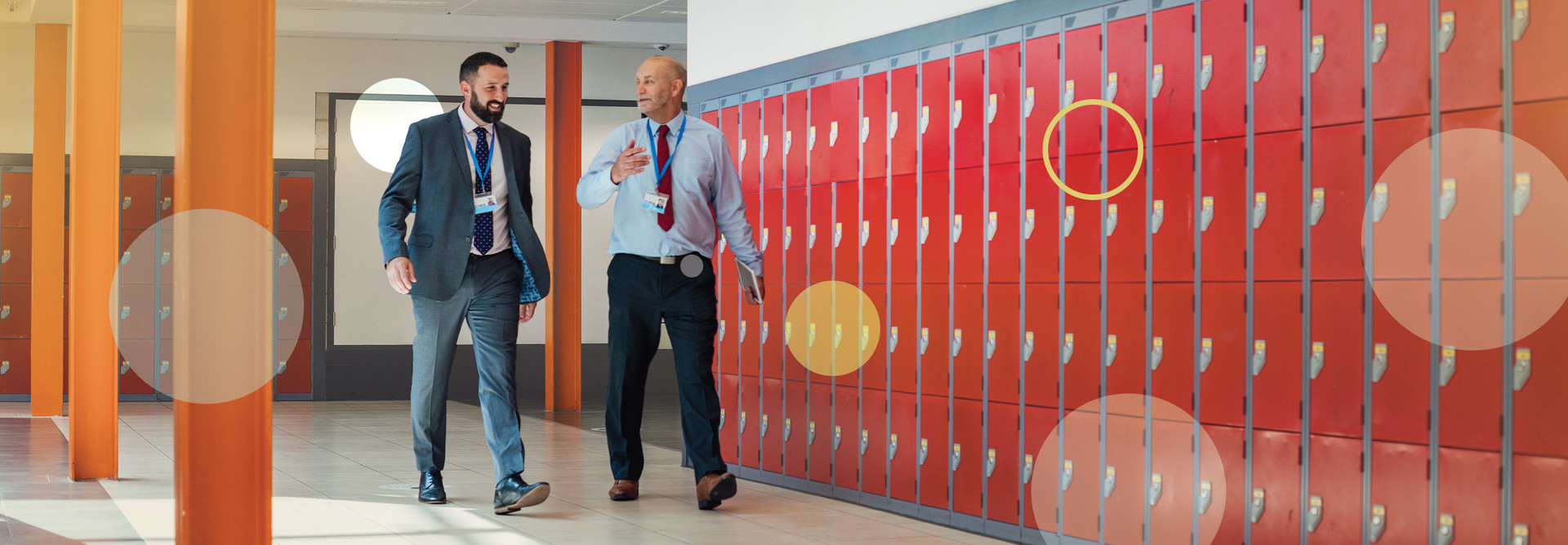Key Components of an Application Modernization Assessment
It’s critical that organizations’ assessments are holistic, Peters explains, looking not only at the technology but also at whether the organization has the staffing and resources to maintain certain applications.
By design, SAMA’s approach to the modernization process breaks down silos between different elements of an institution, including developers, security personnel, network engineers and other IT professionals.
Peters, the principal developer of SAMA, compares the assessment process to improving a car’s design, an undertaking that requires conversations with specialists in engines, electrical systems, braking systems and so on. “We want to look at the portfolio instead of just one little piece of the puzzle,” he says.
SAMA’s approach to application assessment involves gathering all the knowledge of relevant specialists through built-in security scanning, custom reporting and analysis tools. This approach speeds up the assessment process by obviating the need for separate initial conversations with every team.
SAMA essentially monitors a school’s entire application portfolio then identifies which items are prime for modernization tasks — and it’s all done as an automated process, so IT leaders can get a macro-level view into their software updates, quickly and affordably.
The process begins with CDW engineers installing and configuring a virtual machine to run the SAMA tool in a school’s environment. SAMA then gathers data from the institution’s code repositories, covering more than 40 languages as well as applications on mainframes or in the cloud. This work is all done on-premises, never remotely. SAMA then looks for tasks that have been completed around modernization by monitoring that changes were made in the application portfolio.
DISCOVER: What happens when K–12 leaders consolidate their educational technology tools?
Assessments Accelerate the Application Modernization Process
Although schools are able to manage their digital ecosystems — with 79 percent reporting they are adequately staffed to maintain applications in CoSN’s 2024 State of EdTech District Leadership report — they tend to put manpower into doing so manually.
Only 29 percent use a third-party tool to manage their technology contracts (including software and data privacy agreements), according to the report. Manual tracking is nearly as high, at 28 percent, with 20 percent of districts using spreadsheets to track technology contracts.
Conducting a typical assessment of an organization’s codebase manually can take roughly 12 to 18 months, Peters says. However, with SAMA, IT leaders can get an automated assessment completed in just two to three weeks.
SAMA scans applications’ metadata and source code only and does not scan databases or agents on organizations’ networks. The assessment gathers data, determines whether applications can run in the cloud and detects anomalies in code. It also evaluates the security level of each application.











